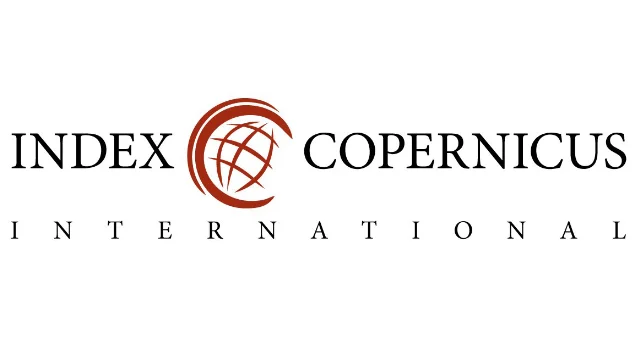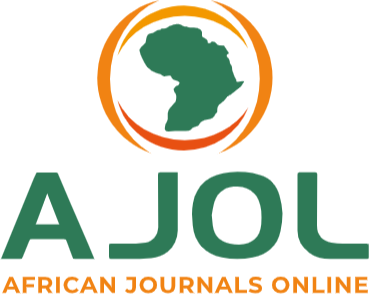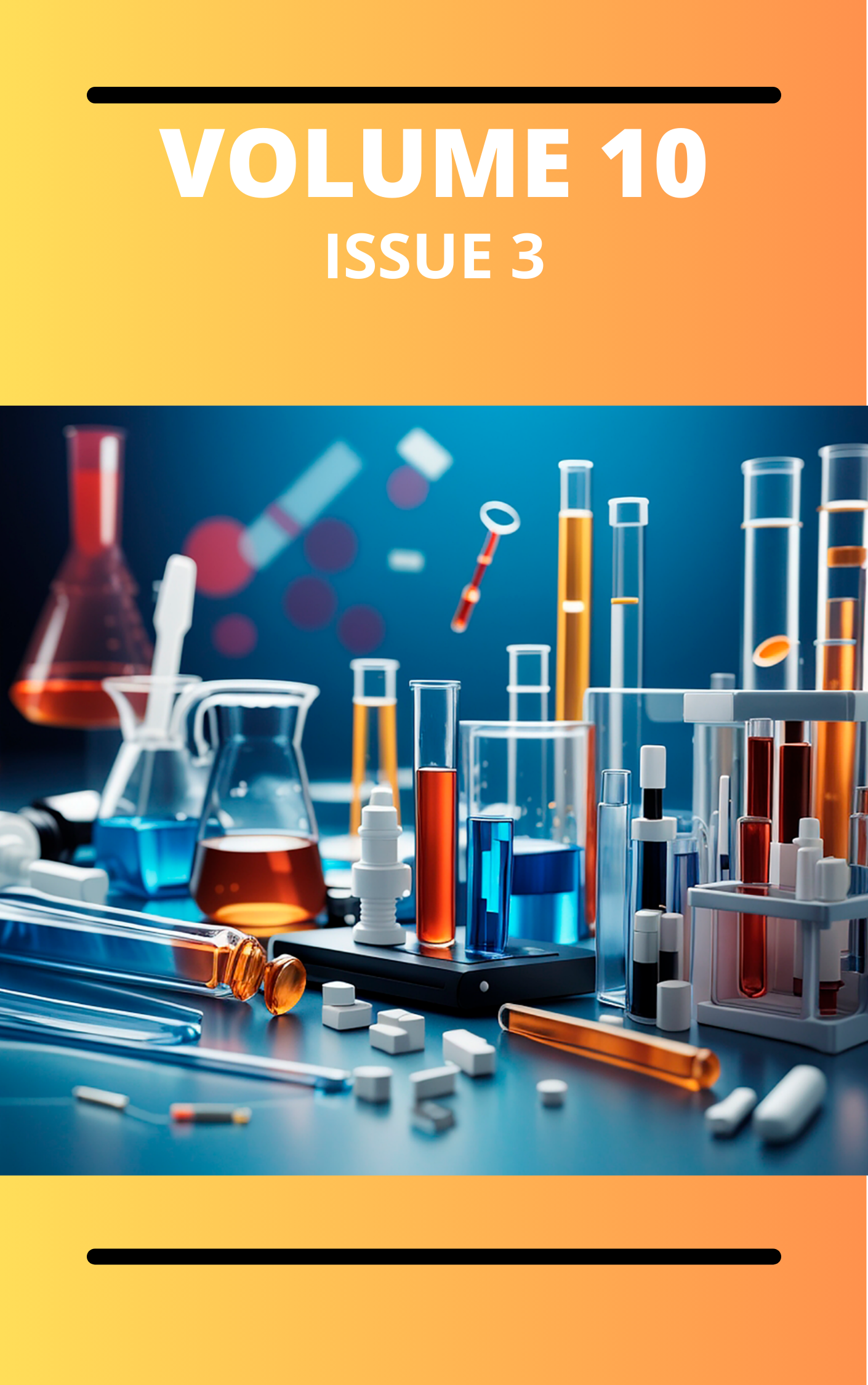Removal of Cadmium Ion from Aqueous Solution by oyster-based Based Calcium Oxide Nanoparticles
Keywords:
Solid waste, non-biodegradable, heavy metal, resource recovery, remediationAbstract
Environmental challenges associated with the management of non-biodegradable solid waste are best overcome by three cardinal waste management protocols, which are re-use, recover and recycle. The conversion of oyster shells to calcium oxide nanoparticles using the sol-gel method is reported in this work. The nanoparticles showed a crystal nature with average crystalline sizes of 16.85 and 2.705 nm based on the Scherrer and Williamson Hall equations respectively. The synthesized calcium oxide nanoparticles were characterized with XRD and employed in the removal of cadmium ions from aqueous solution through adsorption. Adsorption efficiency approaching 100% was observed at [Cd2+] at 4 pm, alkaline pH and contact period of 70 min. The adsorption of the dye was spontaneous and accepted the mechanical of physical adsorption. The study confirmed that calcium oxide nanoparticles can completely remove cadmium ions from the solution.
Downloads
Published
Issue
Section
Most read articles by the same author(s)
- Attah Chuks Emmanuel, Gloria Chika Udeokpote, Ethanol Extract of Vernonia amygdalina Leaf as a Green Corrosion Inhibitor for Carbon Steel in Solution of HCl , Communication In Physical Sciences: Vol. 10 No. 3 (2023): VOLUME 10 ISSUE 3 (2023-2024)
Similar Articles
- Aniekan Udongwo, Oluwafisayomi Folorunso, Resource Recovery from Maize Biomass for the Synthesis of SiO2 Nanoparticles and Crystallographic Analysis for Possible Applications , Communication In Physical Sciences: Vol. 12 No. 2 (2025): VOLUME 12 ISSUE 2
- Felicia Uchechukwu Okwunodulu, Stevens Azubuike Odoemelam, Remediation of effluents polluted with toxic heavy metals using Cola nitida pod husk , Communication In Physical Sciences: Vol. 8 No. 4 (2022): VOLUME 8 ISSUE 4
- Vincent Oseikhuemen Odia-Oseghale, Joseph Odion Odia-Oseghale, Environmental Implications of Quarrying and Waste Management: A Case Study of Okhoro, Benin City , Communication In Physical Sciences: Vol. 12 No. 4 (2025): VOLUME1 2 ISSUE 4
- Fabian James Umoren, Mfon Clement Utin, Resource Recovery from Maize Wastes; Synthesis and Characterization of Silicon Oxide Nanoparticles , Communication In Physical Sciences: Vol. 11 No. 3 (2024): VOLUME 11 ISSUE 3
- Richard Alexis Ukpe, Joint effect of halides and Ethanol Extract of Sorghum on the Inhibition of the Corrosion of Aluminum in HCl , Communication In Physical Sciences: Vol. 4 No. 2 (2019): VOLUME 4 ISSUE 2
- Gideon Wyasu, Batch adsorption of Mn2+ and Co3+ from Refinery wastewater using activated carbon from epicarp of Detarium microcarpum and Balanites aegyptiaca shells , Communication In Physical Sciences: Vol. 3 No. 1 (2018): VOLUME 3 ISSUE 1
- Kantoma, D.,, Green Synthesis of Silver nanoparticlesNanoparticles(AgNPs) using Calotropis procera leaves Leaves extract Extract and it adsorption Adsorption properties Properties for the removal Removal Chromium(III) ion. of Cr3+ from Petroleum Waste Water , Communication In Physical Sciences: Vol. 11 No. 1 (2024): VOLUME 11 ISSUE 1
- Gideon Wyasu, Production of Activated carbon derived from Banana peel for the removal of Cd2+ and Cr6+ in Brewery wastewater , Communication In Physical Sciences: Vol. 3 No. 1 (2018): VOLUME 3 ISSUE 1
- Mu’awiya Baba Aminu, Hareyani Zabidi, Juliet Ngozi Chijioke-Churuba, Saleh Mamman Abdullahi, Kolapo Fasina, Aliyu Abubakar, Muhammad Nurudeen Mashin, Abdulmalik Nana Fatima, Bertha Onyenachi Akagbue, Olusola Kolawole Ogunmilua, Environmental and Public Health Challenges of Phases Towards Cement Production, Remediation Monitoring and Evaluation Strategies , Communication In Physical Sciences: Vol. 12 No. 1 (2024): VOLUME 12 ISSUE 1
- Kantoma, Dogara , Nwokem, Calvin Onyedika, Zakka Israila Yashim, Zaharaddeen Nasiru Garba, Green Synthesis of Silver Nanoparticles(AgNPs) using Calotropis procera Leaves Extract and it Adsorption Properties for the Removal of Cr3+ from Petroleum Waste Water , Communication In Physical Sciences: Vol. 10 No. 3 (2023): VOLUME 10 ISSUE 3 (2023-2024)
You may also start an advanced similarity search for this article.




